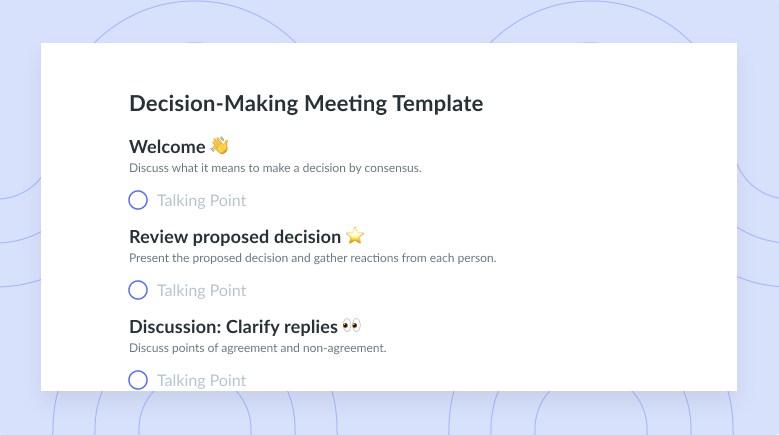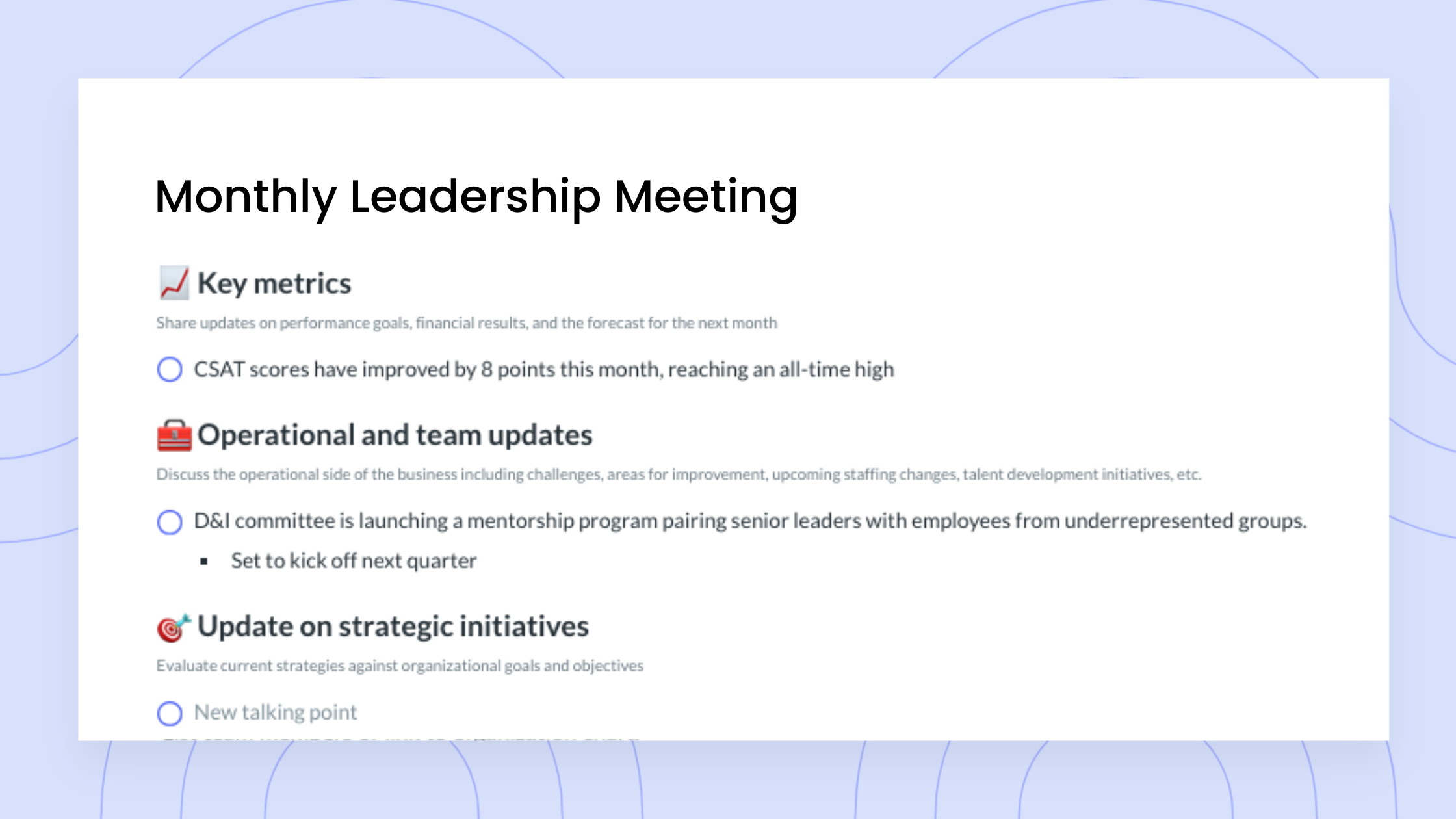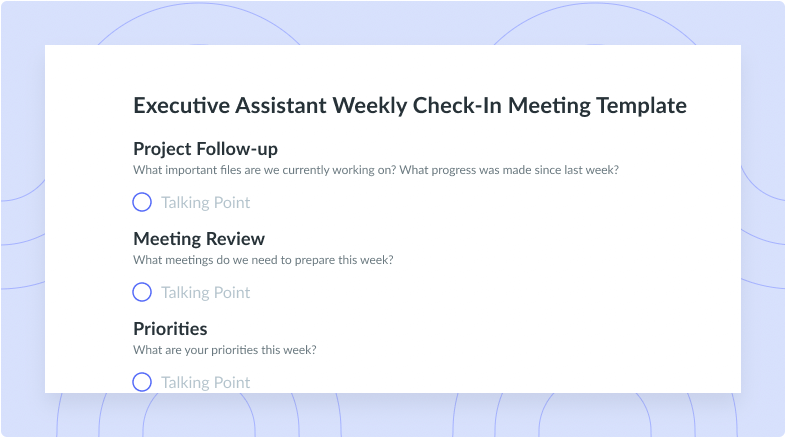5 New Year’s Resolution Ideas for Managers & Leaders in 2024
How do you go about achieving the lofty goal of “becoming a better leader”? I have found the answer in one hyphenated word: Micro-Resolutions.
Wasn’t it a wonderful feeling to ceremoniously kick the year 2021 to the curb and welcome in 2023 with open arms?
Ok, sure, not much has changed when you really boil it down – we’re still working at home, video calls are the new norm, many areas around the world are still on some variation of lockdown or a stay-at-home order, and a large proportion of people are still balancing work with home-schooling their kids. It might be a new year, but it’s still much of the same, and it’s still really tough.
I started the year like most, with great intentions and resolve to make 2023 the best year yet. In fact, this year I wanted to focus on enhancing my leadership skills, mentoring others, and continuing to set teams up for success.
Now, I don’t know about you, but even with 2021 behind me it feels as if my resilience and energy are fading and it got me thinking – how can I possibly be a good leader when I’m just so… exhausted?
Pandemic fatigue is real and it’s been taking its toll for a while now. Angus Reid polls have shown that many people are feeling worn out and anxious as the pandemic continues. And what’s more is that teams and managers alike are, well, tired.
So, with much work to do and the opportunity of a brand-new year upon us, where exactly should we as leaders and managers start? And how do you go about achieving the lofty goal of “becoming a better leader” anyway? I have found the answer in one word – well, one hyphenated word: Micro-Resolutions.
5 micro-resolutions for managers and leaders in 2023
- Celebrate the small wins
- Make team meetings efficient
- “Show up” for each member of your team
- Have the difficult conversations
- Practice self-care
There’s a reason that large sweeping New Years Resolutions don’t last and begin to fizzle out around February. Making big changes all at once is hard business! Whether you’ve studied agile project management, change management, or even theories surrounding employee engagement one thing remains true: Working toward smaller goals over time is far easier and can lead to larger sustained changes in the end.
Think about it – every little change you make over the course of a year could end up making a very big difference both to you and to the team you manage.
For 2023, I’ve landed on five micro-resolutions that can help to enhance your management style and serve to re-energize you, and by extension, re-energize your team too.

Managing a team
Take control of your team meetings by having collaborative meeting notes and encouraging accountability with action items. Try a tool like Fellow!

1 Celebrate the small wins and set goal posts for the big ones
There is no better time than the start of the new year to take a look at what your team has accomplished over the last several months. And while some managers may indeed be inclined to privately make note of individual and team achievements for annual performance reviews (which of course is important), research shows us that real-time, individualized recognition with even the simplest methods is welcomed by employees and serves to enhance engagement.
I can honestly say that something as small as leaving a thank you note on the desk of an employee has always gone a long way and been met with much appreciation.
And while celebrating the small wins might seem quite simple, the small wins may not be as frequent or as visible if you fail to set clear goals for the future. There is a popular story about the janitor who President John F. Kennedy encountered in 1962 during his visit to NASA that underscores this point well. In the hallway in one of the NASA buildings the President came upon a janitor and asked him what kind of work he did for NASA and the janitor replied “I’m helping put a man on the moon.”
Teams flourish when they are working toward a strong vision with clear goals and when they understand how their individual work will contribute to the overall success of the team. The janitor at NASA understood this well – make it your mission to ensure your people do to.
2 Work on making team meetings both efficient and meaningful
Time is precious and let’s face it, literally no one wants to spend any more time than is necessary in a video call anymore. Team meetings are necessary to keep work on track, give quick feedback and guidance, answer questions, and overall ensure your team is working systematically toward its deadlines – but they need to be both efficient and have meaning for your team members.
For Fellow, collaborative meeting agendas, clear action items, and realistic deadlines are just a mere glimpse into the Fellow world.
As everyone at Fellow knows though, the best meetings are not just systematic and efficient – they have a bit of personality and serve to inspire too.
Truly creating meaning within a meeting can be challenging, but as Glenn Llopis in a recent Forbes article notes, meaning can be created in a meeting if there is a culture or environment where everyone can contribute, leaders listen more (and perhaps speak last!), and everyone stops focusing on everything that could go wrong and starts focusing on all the opportunities for success.
And don’t be afraid to think outside the box either. Throughout the pandemic there have been some wonderful innovations to meetings, such as the walking meeting where everyone grabs a headset, chats and gets some exercise at the same time.
So, if you’re feeling like your meetings are losing their momentum and your team just can’t take another video call, switch up it up with a focus on efficiency and meaning without losing the personal touch.
3 Make an effort to “show up” for each member of your team
There is an art to showing up for your team and it certainly does not mean simply being available or saying you have an open-door policy. I recently read a great blog by Molly Grisham that perfectly articulated the importance of showing up for me. She notes:
“When you are side by side with your people you empower them with everything they need to win whatever battles you are facing together because your success and survival as a leader depends on the success and survival of your people.”
I know what you’re thinking – how can we be side-by-side with our employees and truly show up when we’re all still battling the pandemic and most of us are still working from home? In response I would tell you that the art of showing up is far more than physically being present and, in fact, each member of your team may indeed need you to show up for them in different ways. It’s your role as a manager and a leader to get to know your individual team members and figure that out.
From my own personal experience, I can tell you that some team members simply need you to check in to let them know they are on the right track with that project, others really need you to reply to your emails so they know their work has not gone into an abyss, others may simply want to see you participate in that department-wide Friday afternoon Zoom Social so they know their boss is right in the trenches with them. How you show up is up to you – but putting the effort in and figuring out what your people need from you and how you can best support them can certainly make all the difference.
4 Have the difficult conversations
More often than not, people tend to shy away from having difficult conversations, especially in the workplace. Not long ago I read the amazing book by Kim Scott, Radical Candor and one of the stories she tells early on in the book struck such a chord with me that every single time I consider putting off a tough conversation this particular story reminds me of the importance of having difficult, candid discussions and challenging your team members.
Kim recalls a story early on in her management career where she held back from giving constructive feedback to one of her employees she called Bob. She relays that his performance was quite weak and that some other members of the team tended to pick up his slack but were becoming frustrated. Kim explains that she eventually sat Bob down and explained that she had to let him go and laid out examples of his poor performance. Bob was shocked and after all was said and done, he simply asked Kim, “Why didn’t you tell me?”
Ugh. My heart still sinks every time I read it. As a manager you have a duty to your people to have both the easy and the tough conversations. That project isn’t moving forward or was stalled by senior executives? Tell your team. Someone’s performance isn’t up to par? Talk to your employee and find out what’s going on. Someone said something inappropriate in a meeting? Speak to them ASAP and let them know it’s not ok.
Now this is not to say that difficult conversations are always related to performance. If 2020 taught us anything it’s that we need to talk more about tough topics like mental health and the pandemic, systemic racism, and the #MeToo movement. Checking in on your team members and encouraging an open dialogue and a safe space to have these kinds of discussions is important too.
5 Practice self-care, self-reflection, and continued personal and professional development
No, this is not a throw-away micro-resolution – it’s just as important as the others. Hard work does indeed pay off, but literally no one wants to work for a burned out, frazzled boss who is spinning their wheels. And with COVID-19 still very much a part of our lives, taking some time for yourself – and to work on yourself – is crucial for successful managers.
While I’ve always been a huge fan of professional development, and there are huge benefits to life-long learning, I’m sad to say that self-care really only became important to me personally in the last two years. I was busy working hard and climbing the corporate ladder but I wasn’t recognizing that I was exhausted, never taking time for myself, and really starting to feel the effects of burnout. If you’re lucky like I was, your own team members will notice, speak up, give you this feedback, and support you as you get back on track.
Self-care is deeply personal and different for everyone – maybe it’s getting in a workout a few times a week, getting a bit more sleep, updating your workspace, or carving out some time for a good book. Regardless of how you do it, make self-care a priority this year and be sure to work it into your schedule just like the many (many!) video meetings.
Parting advice
At the end of the day, and the next time you’re feeling COVID fatigue take hold and your determination and strength begin to wane, remember that none of us become better leaders overnight. It takes time, dedication, and systematically bettering yourself one little micro-resolution at a time.








![Management by Objectives (MBO) Strategy: 5 Steps [+Example]](https://fellow.app/wp-content/uploads/2023/06/Management-by-objectives-MBO2.jpg)



















